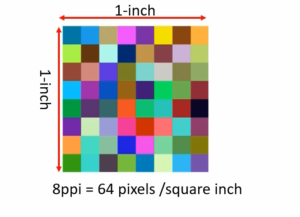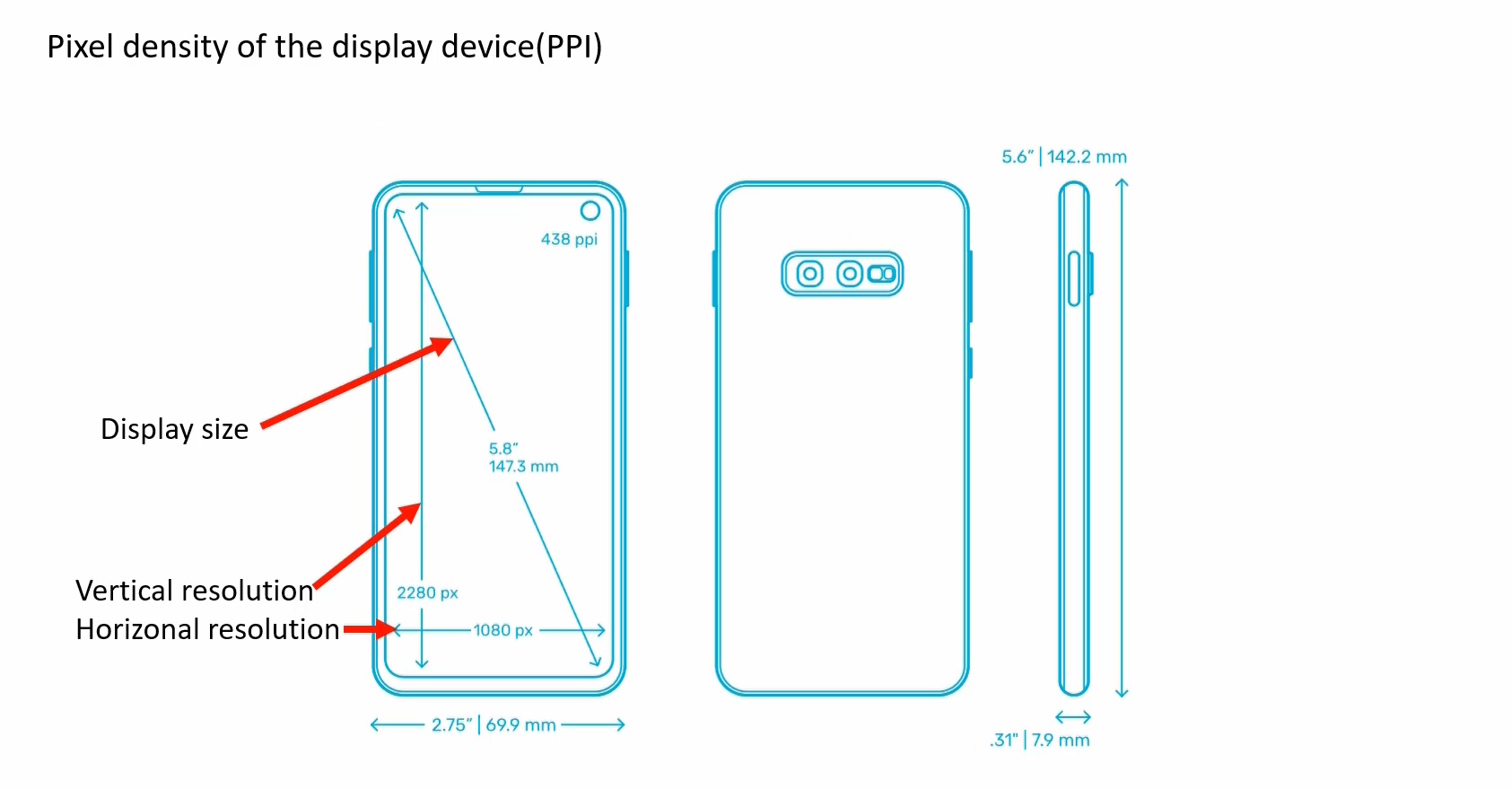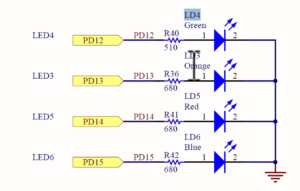Pixel density and resolution
Pixel density and resolution
These are related concepts that describe the visual clarity and sharpness of a display or image. While they are often used interchangeably, they refer to different aspects of the display.
Pixel density of the display device (ppi)
- Pixel density, also known as pixels per inch (PPI) or dots per inch (DPI), measures the number of pixels that fit within one inch of a display.
- Pixel density is measured in ppi(pixel per inch).
- It denotes how many pixels are there in per inch of the display.
- More pixels/inch means more clarity of the image and texts shown on the display.
- As ppi of the display increases, it is capable of showing high resolution images(more pixel information) in less space without or with less degradation of quality of the image.

While purchasing a mobile phone, you might have explored the parameter ppi, as shown in Figure 1.

Pixel density is calculated based on the resolution and physical size of the display. To determine pixel density, the diagonal size of the display and the resolution in width and height are taken into account.
Resolution:
Resolution refers to the number of pixels displayed on a screen, typically measured as width x height.
Image resolution:
Number of pixels used to represent an image arranged in some standard graphics display width and height dimensions.
An image of 1600×900(HD+resolution)will portray more details about the image than 1280×720(HD resolution)image.
Graphics display resolution → You can refer to this in Wikipedia, where they have beautifully explained different graphic display resolutions available.
Display resolution:
Number of pixels available in a given size of the display arranged in standard graphics display width and height dimension.
Get the Full Course on STM32-LTDC, LCD-TFT, LVGL (MCU3) Here.
FastBit Embedded Brain Academy Courses
Click here: https://fastbitlab.com/course1



